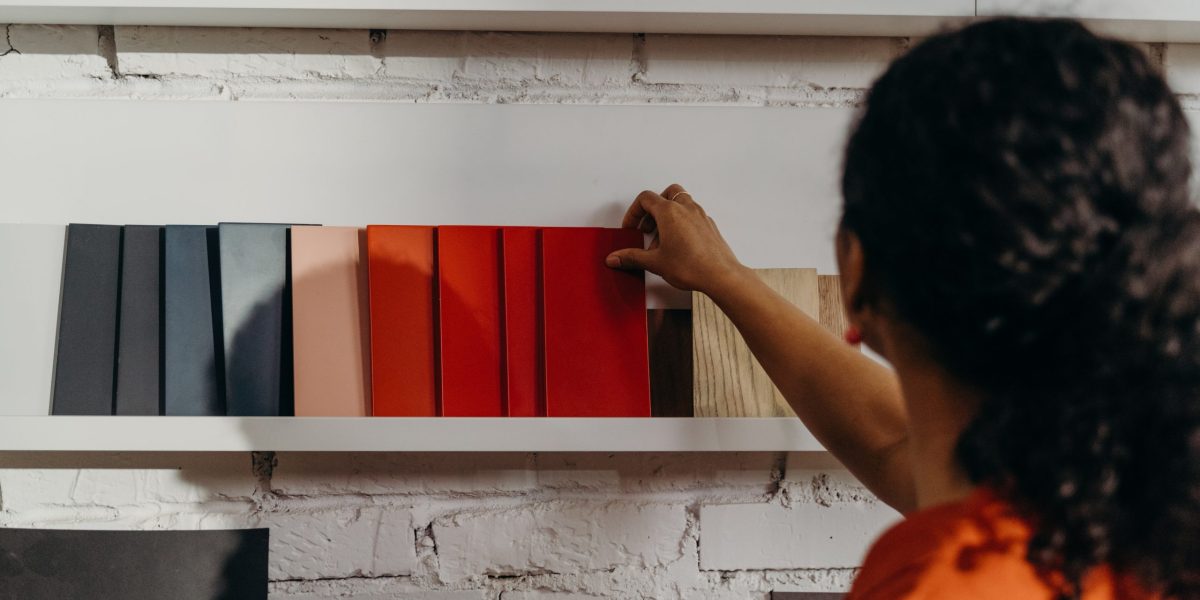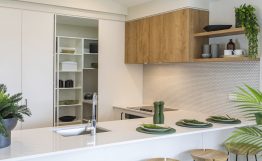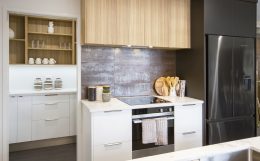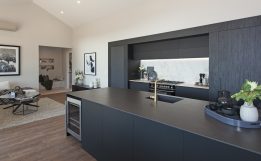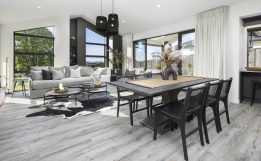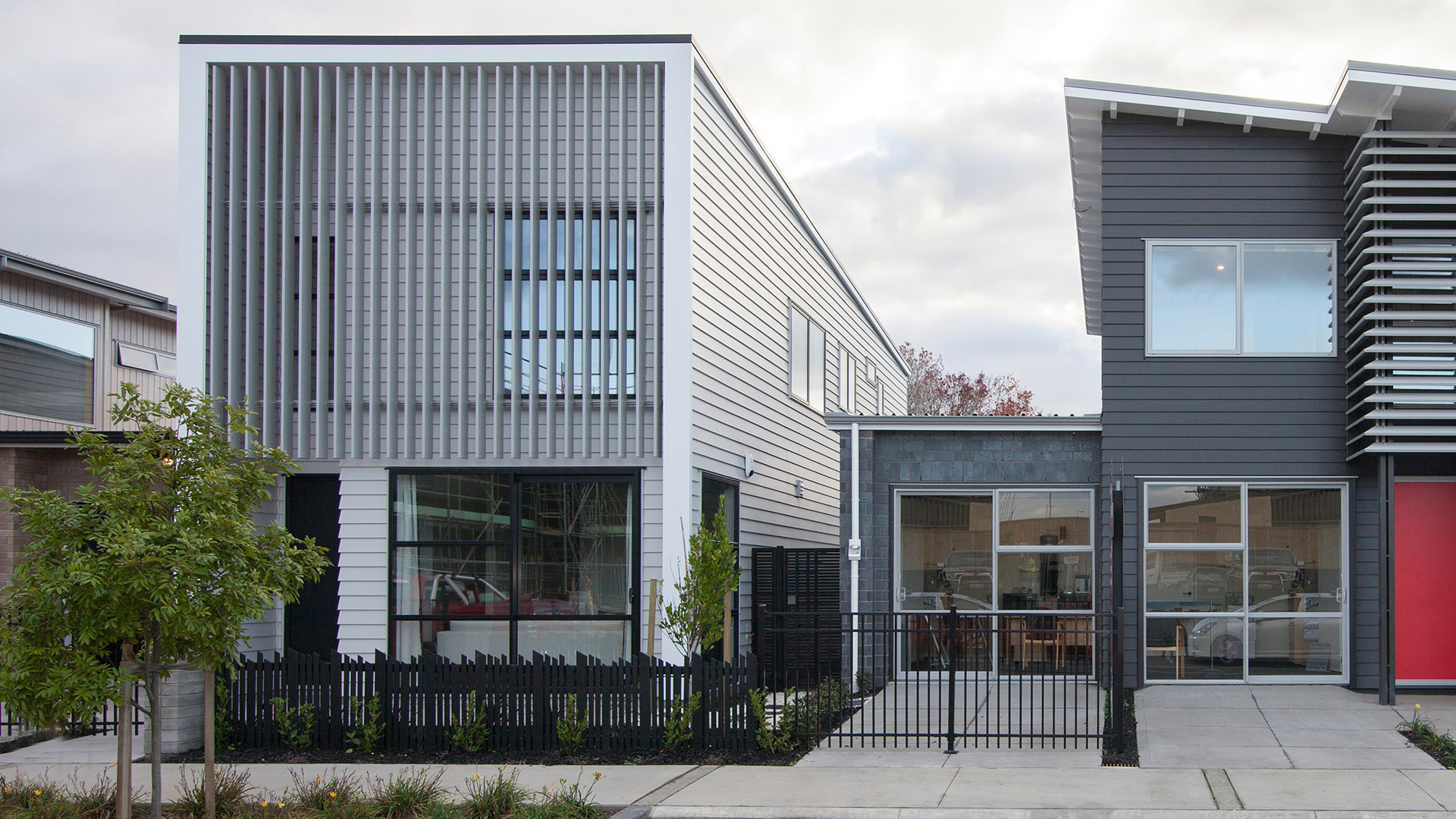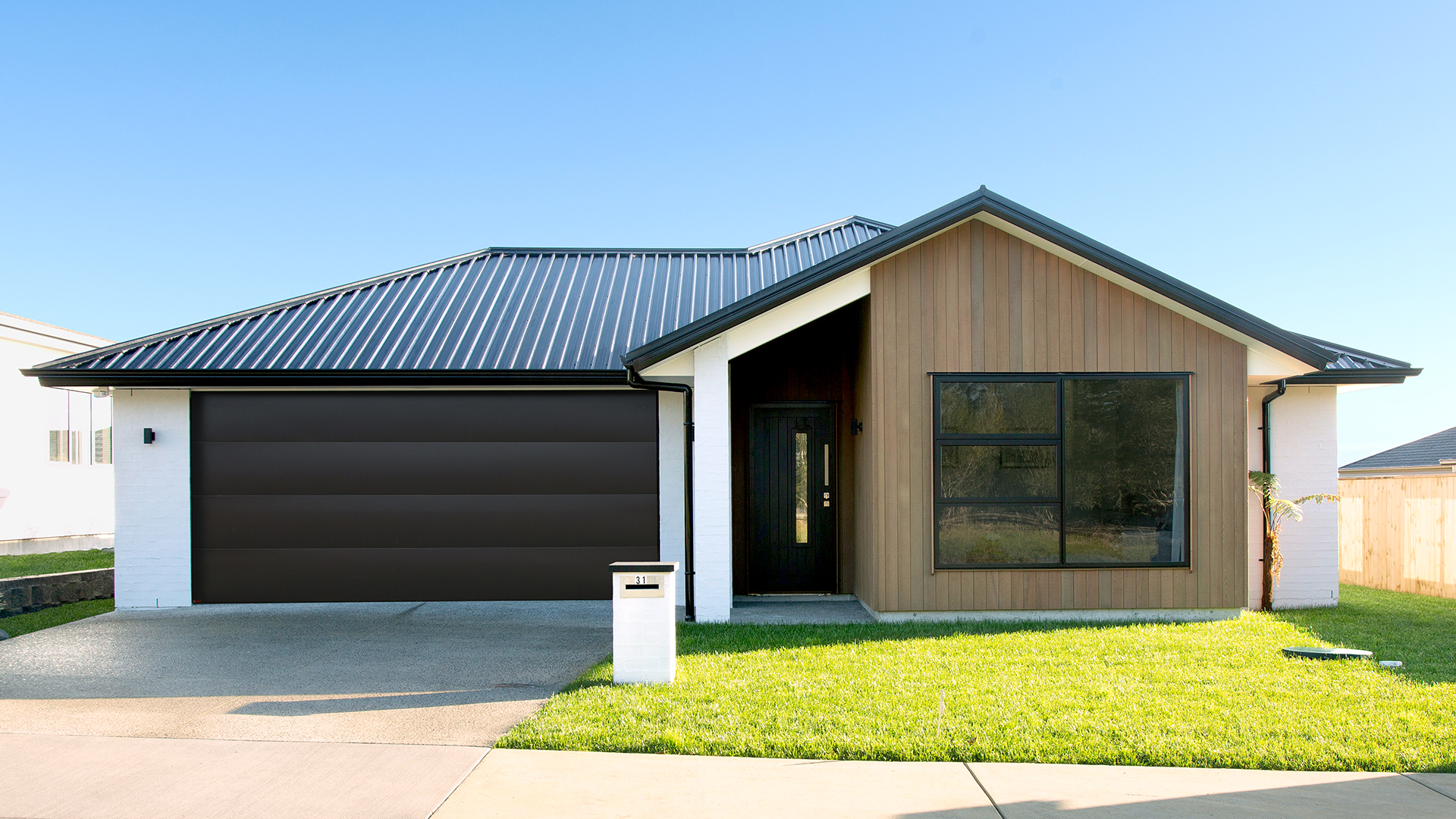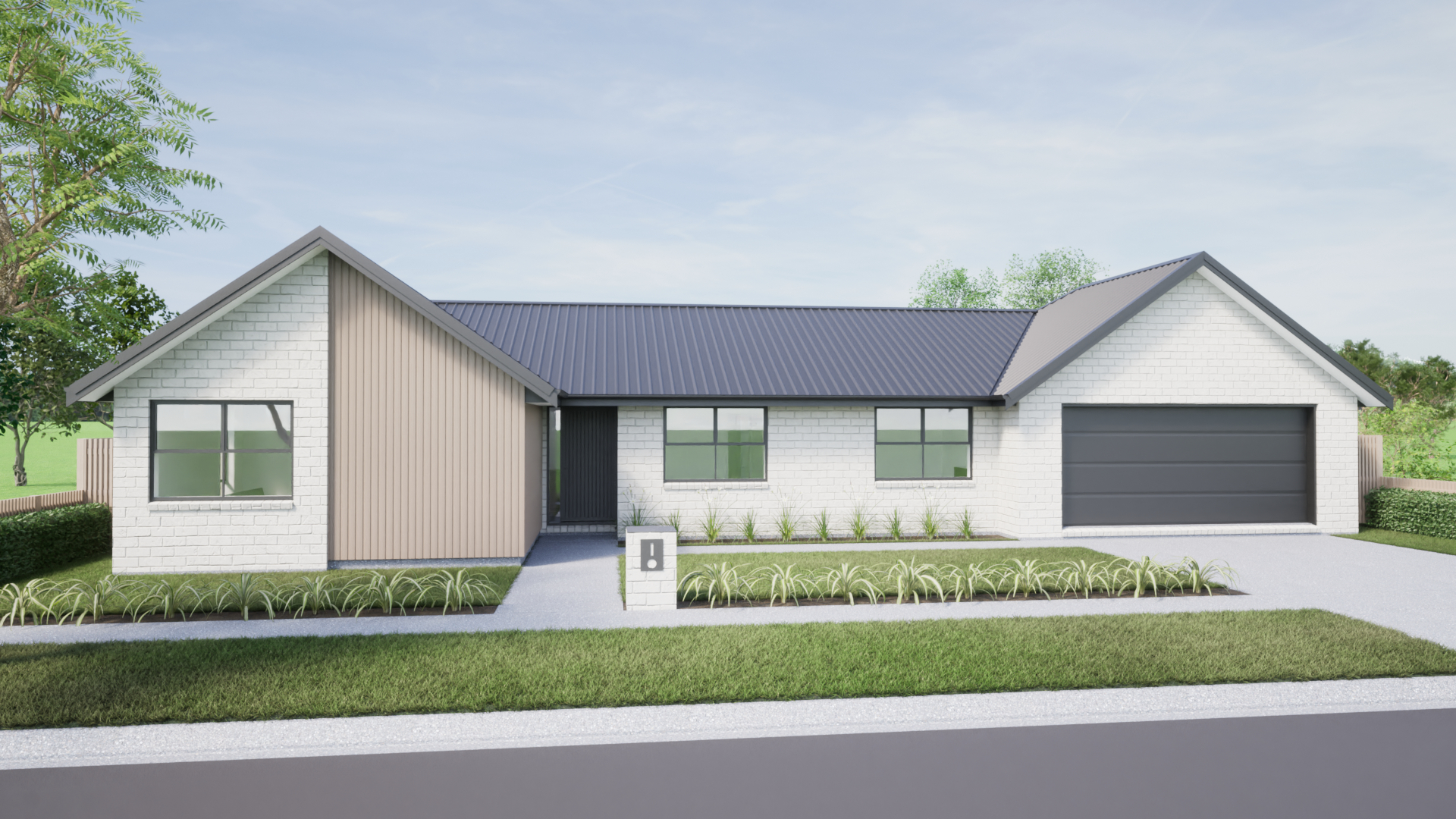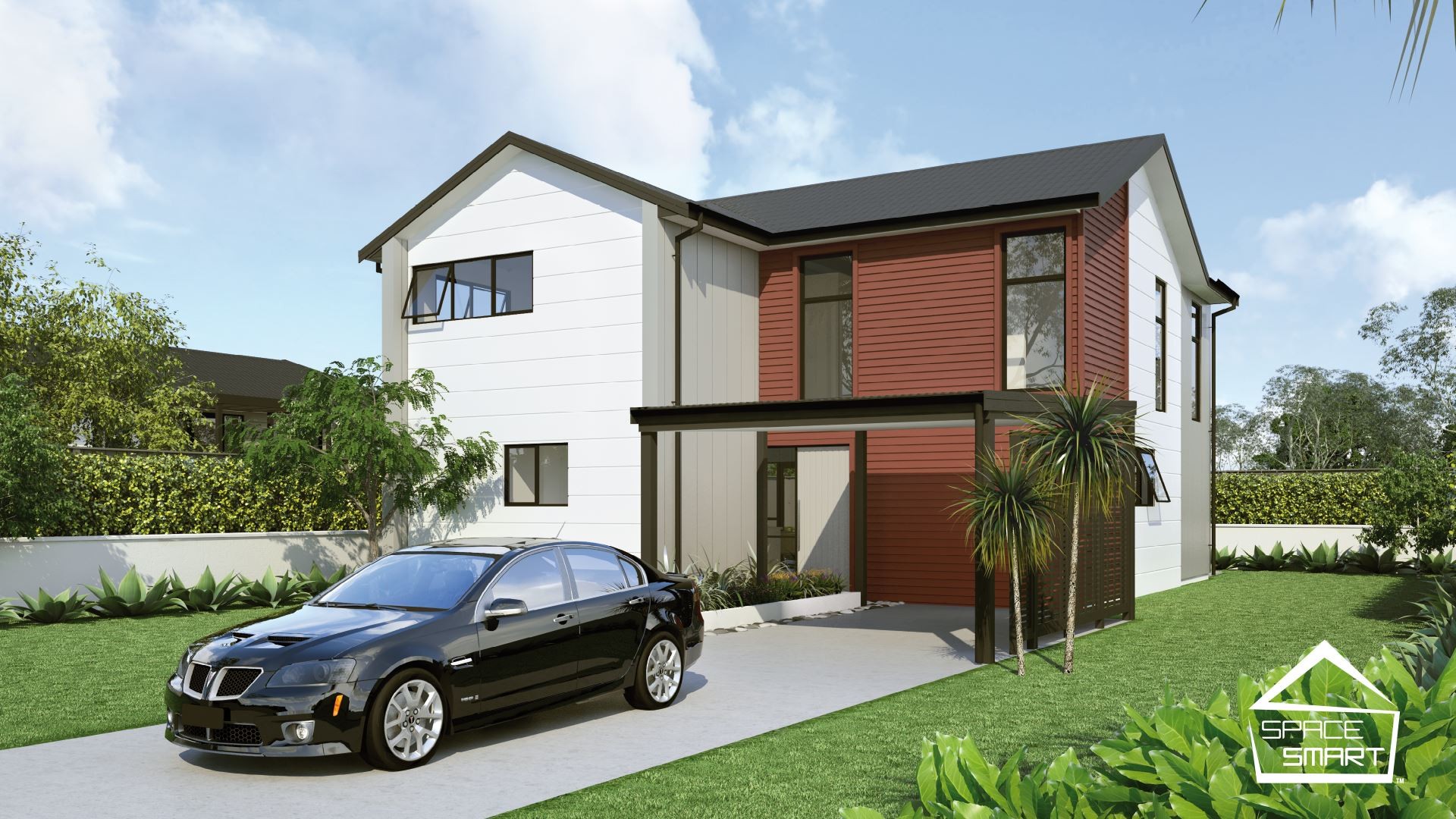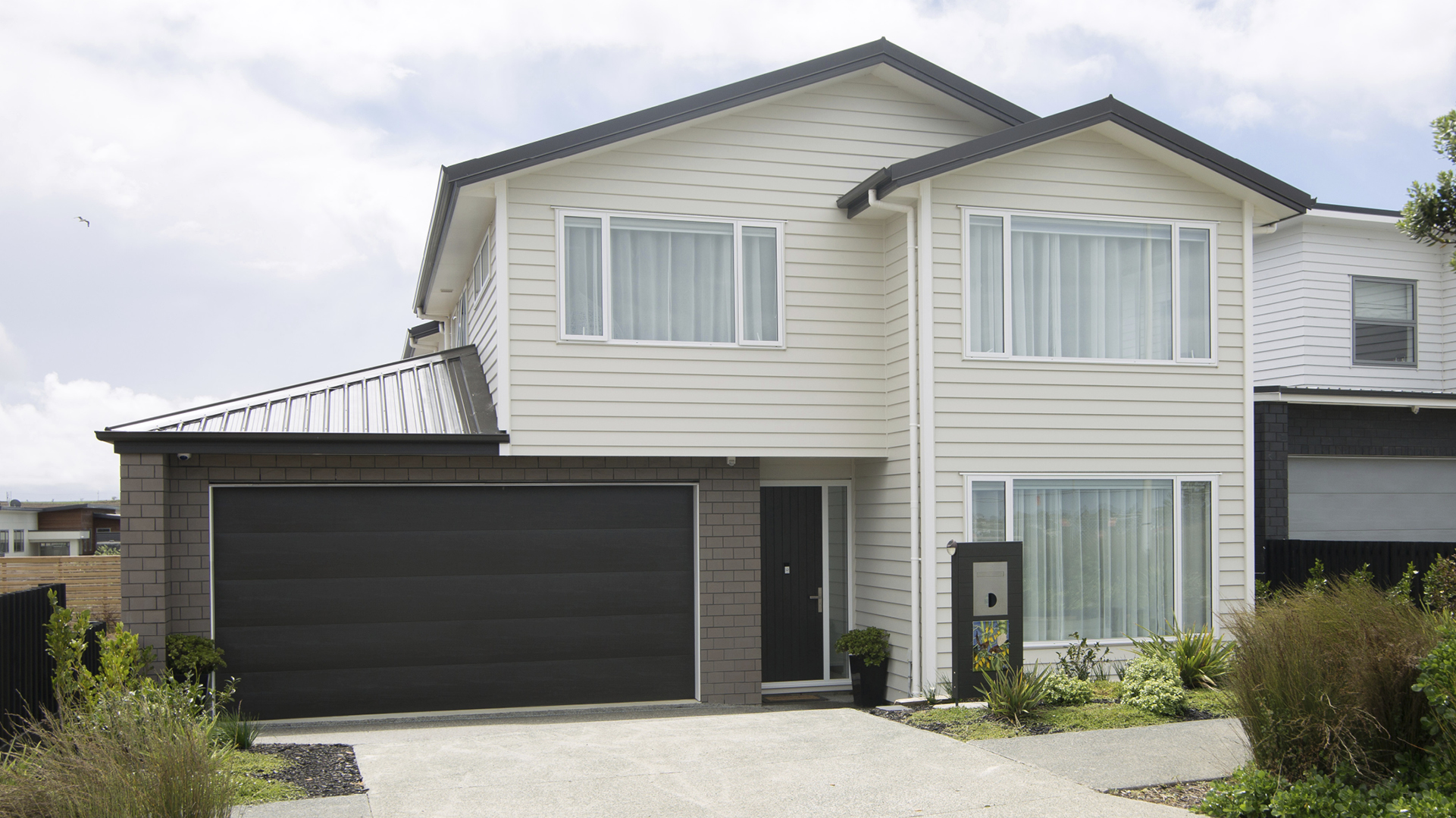Paint Perfection – Understanding Undertones
If you are considering updating your home this summer, one of the most inexpensive ways to immediately add significant value to your home is to spruce up the old and give it a fresh lick of paint. It’s a simple and cost-effective way in which to add maximum impact to your home in breathing new life into your indoor space in time for hunkering down over the Winter months ahead.
When picking up a paintbrush though, it is crucial to invest some time in understanding the makeup of the colours you wish to use. For there is a lot more to most colours than what you see directly at first glance. A colour’s more subtle attributes, hidden just below the surface – called the colour’s undertone – is in fact the key to choosing the perfect hue. This is because it is the undertones that can fundamentally change the look of the colour you are choosing and in turn, the mood of the space you are intending to paint.
Masstone versus Undertone
What you see at first glance, is the colour’s masstone. Primary colours – blue, red, yellow, and pure white – are the only paint colours that are made with pure pigment. Paint colour undertones exist because, aside from the primary colours, every other colour is a mixture of different hues, producing endless variations on the same colour. For example, whites can look blue or pink depending on their colour mix, as well as what they are placed with and the lighting conditions. Ultimately, the less pure a colour is and therefore, the more complex its makeup, the trickier it can be to determine its undertone. But it is well worth the time investment to get this right and avoid a dreaded colour mishap.
Avoid Looking at Colours in Isolation
Start by looking at your colour alongside others from the same colour family, which will highlight how different their undertones are. For example, if looking at greys, you will see some tend more towards purple, while others lean more towards green or blue. Warmer greys will reveal a touch of brown or tan. This phenomenon of colours appearing different depending on the company they keep is called Simultaneous Contrast. Comparing your colour of choice to the pure colour is also another useful way to see the undertone at play, such as placing your grey of choice next to the most neutral grey you can find. This also works a treat for when working with white. Looking at a white swatch in isolation will look positively pure white, but there is a myriad of different undertones at work in this family of colour. Compare your white of choice with pure primary white and you will see it immediately turn pale yellow or pink, or another subtle shade.
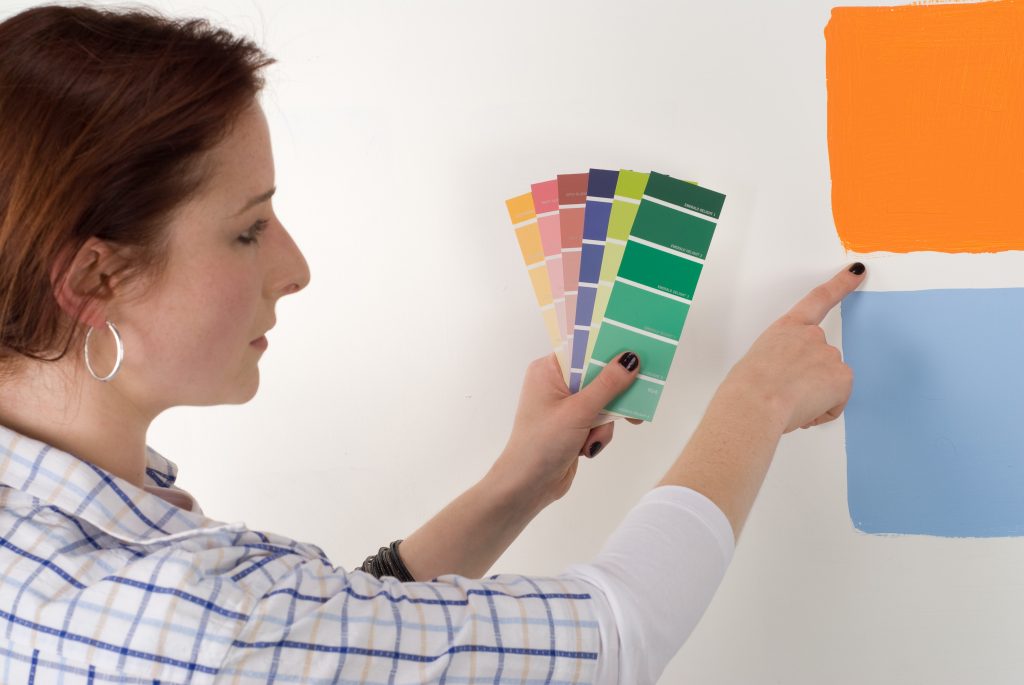
Colour Temperature
When teasing out your favourite paint colour, it is imperative to consider the atmosphere you wish to create in your space. This is where the consideration of undertones really comes to the fore. Cool, soothing undertones – typically blue, green or purple – are perfect for spaces such as bedrooms and other areas of sanctuary requiring a fresh yet calming and soothing atmosphere. Conversely, warm undertones – typically, colours with orange, yellow or red undertones – offer a cosy, welcoming feel or an energetic vibe, which work well for kitchens and living spaces. If a space needs perking up in terms of lightening or brightening, yellow tones can be the go, though tread carefully as these tones can also make a space look dated and tired. The most versatile undertones are neutral ones that can fit seamlessly with many different styles, tastes and types of spaces. Using a colour wheel is a great tool for comparing colours to be sure you have the purest masstone colour for comparison and in helping to identify if you’re working with warm, cool or neutral undertones. If you’ve opted for colours with green or blue undertones that aren’t gelling in a space, then try warmer colours. If instead, you have yellow or pink undertones coming through when you are combining colours, try a cooler colour instead.
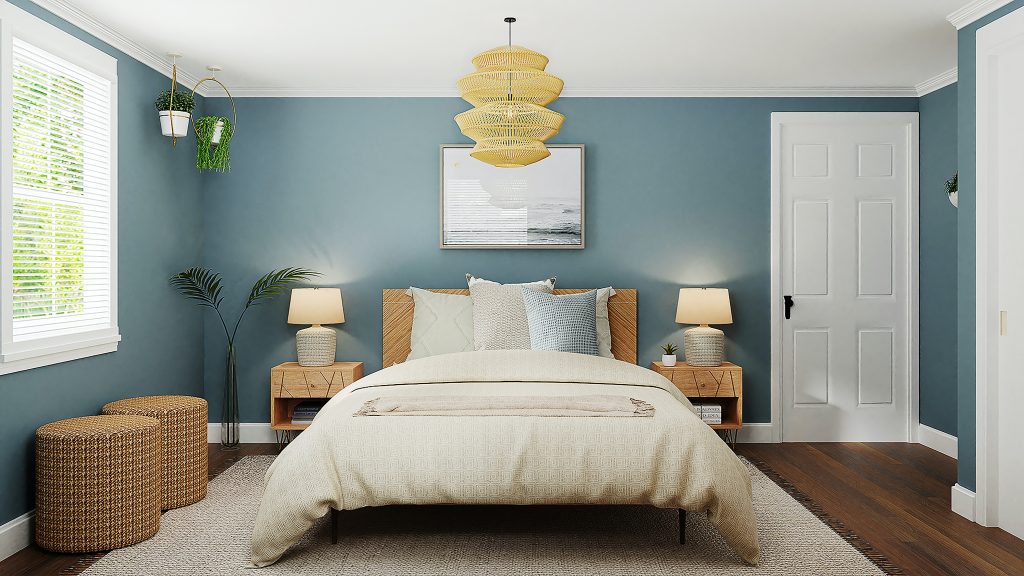
Study the Colours in the Space
Colour is, of course, influenced by light and the context in which it is placed. This is why it is imperative to trial a swatch of the colour in the space you intend to use it and check in on it at various times of the day as the light changes. This will reveal undertones that might go unnoticed in a different space. Create a sample board with a palette of the paint colours you like and move them around the space you intend to decorate to not only view them in different types of light throughout the day but to see how they read alongside the fixtures and fittings, furniture and accessories in your home. Everything from the floor and counter surfaces to natural and artificial lighting, and even the landscaping and flora directly outside can all influence the undertones of your painted interior.
Lighting
Lighting – both natural and artificial – plays a critical role in bringing out the undertones of wall colours. In terms of natural light, the direction in which your space is facing, the size and placement of windows informing the amount of natural light entering and the type of artificial light needed in the room all play a huge part in how the colour looks. If you have already painted and found an undesirable undertone coming through, you can try replacing the light bulbs with warm, cool or natural options to help correct the issue. Soft white bulbs, such as incandescents, emit warm, yellow light, which is great for creating a cosy vibe for living rooms and bedrooms. Bright white bulbs, on the other hand, emit cool white and blue tones which are perfect for giving home offices and kitchens a fresh, energetic feel. If you are wanting to mimic a natural light feel, daylight bulbs emit a discrete bluish tone that is perfect for busy spaces in which one works, reads or gets creative.
